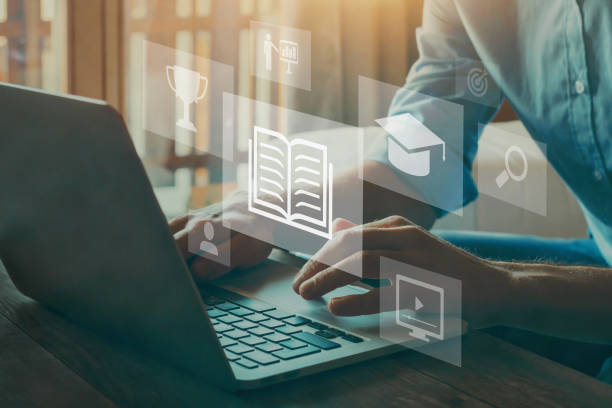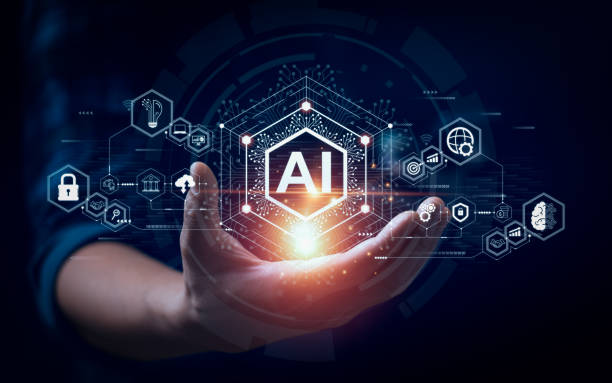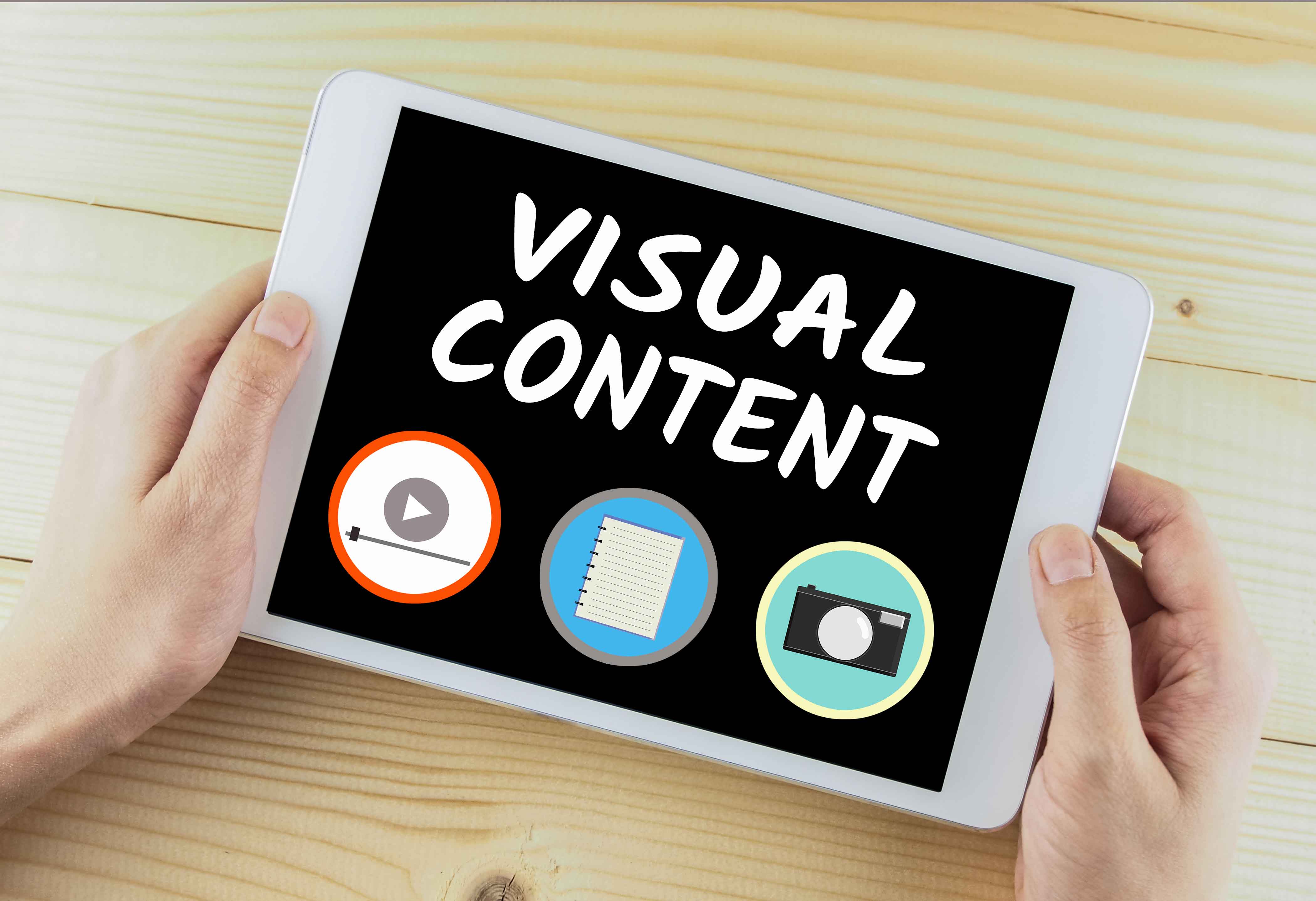How Emerging Digital Marketers Influence Online Trends

Image by Caio from Pexels
When we talk about trends, we mention popular and effective tendencies in marketing, economics, society, fashion, and other areas. The web is no exception; it also has its own trends. The web world is changing, and the approaches people use in it are also changing. We studied research data and figured out how beginners shape web trends.
Online training
Online training may not be a completely new trend, but it is one that beginner marketers constantly influence. Online learning is one of the hottest web trends today. Thanks to total digitalization and modern technologies, young marketers can learn anywhere and not leave their usual place of residence.
Students can get a complete education online, from elementary to higher education and beyond - to endless advanced training and mastering additional skills. Moreover, students can get help with their assignments online. For example, they can use services like research paper writer when they face problems with writing this or that paper.

There are many training formats: voluminous programs and short courses, online webinars, master classes, etc. Online learning expands opportunities and simplifies access to knowledge, and the perception of information in this case is no worse than in the traditional version of learning. Even those who previously could not afford it for various reasons can learn; those with limited abilities, chronic diseases, a remote place of residence, peculiarities of work activity, and frequent moves.
Influence on social media
The WeAreTeachers project found that 80% of teachers use social media to find new teaching ideas, and 77% are looking for resources for their students.
Young marketers shape social networks greatly as they are the main cluster that uses them. Social media platforms are powerful tools for enhancing learning. Nowadays, marketers spend a lot of time on social networks - and instead of fighting it, they turn it into a benefit: they watch educational videos and lectures, participate in meetings, and take all kinds of courses.
The big advantage of social networks for beginners is that they simplify communication. They share materials, interact with each other, and present the results of their assignments. One of the most effective tools for this is chatbots, which can act as a curator in the educational process.
Combination of real and artificial intelligence
Experience with the Gradescope platform has shown that AI technology reduces the amount of time teachers spend on grading by 70%.
A selection of trends in the era of total digitalization would be incomplete without mentioning artificial intelligence, which is increasingly entering our lives. AI is already being used for many tasks: testing knowledge, assessing progress, making individual recommendations, searching for the necessary information, and virtual assistants.
Writers often use AI to write their blogs. Use the AI writing checker every time after finishing working on your paper to make sure you submit a human-written assignment.

Of course, it is worth taking into account some limitations in the work of AI, the peculiarities of their self-learning, and constant changes in the algorithms of neural networks. However, with the right student control, artificial intelligence can significantly improve the accessibility, efficiency, and quality of education.
Mobile adaptation and responsive design
One of the most important trends that young marketers shape is mobile adaptation and responsive design, which are important for educational websites that meet students’ requirements and preferences. Today, all websites should adapt to different screens and platforms.
The essence of responsive design is to provide an effective and convenient interaction with the site, regardless of the device used. This is achieved through the use of flexible layouts that adjust to fit the screen size, scalable images that maintain clarity and quality at any resolution, and CSS media queries that allow them to apply different styles depending on the characteristics of the user's device.
For educational sites, where access to information and educational materials should be as convenient and continuous as possible, mobile adaptation becomes especially important. Students expect to be able to easily access schedules, digital libraries, online courses, and other resources from any device, whether on the go, in a coffee shop, or at home.
Mobile-first design is ideal for educational sites because it prioritizes creating experiences for mobile devices and then extends to larger screens. This approach allows web designers to focus on the most important content and functionality, removing all unnecessary things and thereby improving the user experience.
Visual content and multimedia
Students' experiences shape visual content and multimedia on educational websites. The combination of graphics, videos, and interactive elements not only attracts students' attention but also promotes deep immersion and better retention of the learning material. Visual analogies and infographics turn complex concepts into clear, memorable images, making the learning process more intuitive.

Educational videos are a powerful tool in the educational content arsenal today. They help beginners demonstrate different experiments, processes, and techniques dynamically. They can’t fully convey them using text or static images. This approach makes learning more visual and interesting.
Personalized learning with digital technology
Personalized learning is an important step in the development of technologies that originated in the 20th century. In essence, it is a logical continuation of individualization and marketer-centered learning.
It is based on several key aspects. The first of them is associated with free choice and the young marketer’s right to self-determination, allowing students to take a subject position in the learning process.
The second is the creation of a structured cultural and educational environment and field of orientation that helps beginners see their desires and ideas and formulate specific goals. This is a modern system that relies on advanced knowledge, technology, and practices and analyzes our cognitive activity.
The last key point of personalized learning is understanding the meaning of the word “person,” which implies that the personalities of other people - parents, friends, idols - are intertwined in each person. Thus, personalized learning is only possible in a well-connected community. The learner is not alone in his learning process; personalized learning is based on additional support and collaboration.
It should be noted that the modern labor market and the new era no longer need “individual individuals” but team players and network connections, which greatly expand the capabilities of everyone. Due to synergy, individual capabilities are enhanced, further making the student a unique individual. The fact that we are all different emphasizes that personalized learning technology must be designed to promote distributed motivation and collaboration.
Digital technologies in personalized learning
Digitalization of education will not give the desired results if students are not actively involved and interested in the learning process. Simply using online systems without awareness and active participation on the part of students is meaningless. Teachers must also understand the goal they are pursuing to prevent meaningless digitalization when the introduction of new technologies turns into empty formalism.
Today, goal setting is often alienated from the student, and the teacher is simply not ready to work in new conditions. The concept of digitalization is still dominated by the “talking head,” which has nothing to do with digitalization.
![]()
At the same time, digitalization is, first of all, an opportunity to conduct meta-analysis, process large volumes of data, and facilitate many technical processes for the teacher so that they can free up time and direct their activities to personalized learning. Digitalization also makes it possible to provide the necessary feedback, which is today a key factor and plays a huge role in personalized learning.
It has already been proven that this is a sustainable factor in increasing motivation. With this approach, the use of technology will not replace the role of the teacher but will serve as a tool for the comprehensive development of students.
One of the main problems of digitalization is security, especially when it comes to personal data and the use of VR technologies. It is not enough to simply apply technology without paying due attention to protecting against hacker attacks and content tampering. This is especially true when it comes to teaching students, as attackers can distort reality or create dangerous situations. It is important to develop and implement security protocols to protect all participants in the educational process.
Conclusion
Of course, these are not all the web trends that students shape. However, it is precisely these trends that show the direction in which technologies and learning methods are developing. Learning is becoming more accessible. Practice gains a strong emphasis. Many programs are designed so that students can learn with minimal time.
This helps implement lifelong learning, a model of continuous learning in which a person can hone their skills and gain new knowledge throughout their life, constantly developing. It is a big plus that young marketers can shape web trends today. It is important to find a balance between modern trends and what has already proven itself.
We should use popular techniques consciously, integrating them into the design, taking into account the goals of the site and the needs of beginners. Developers should master trends gradually and experiment to achieve a unique visual solution for their projects. This will allow them to create attractive modern websites while maintaining their functionality and convenience for young learners and marketers.




